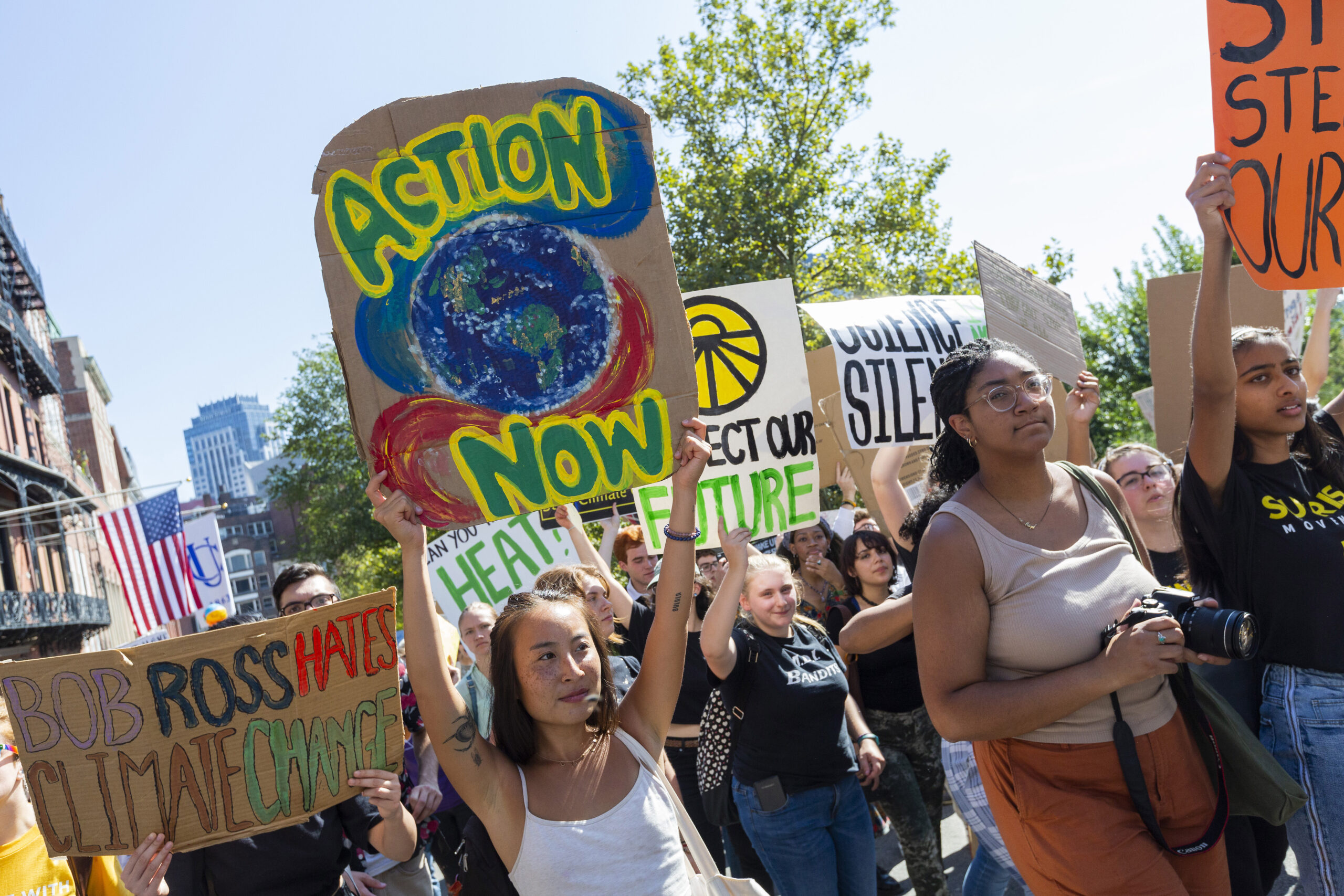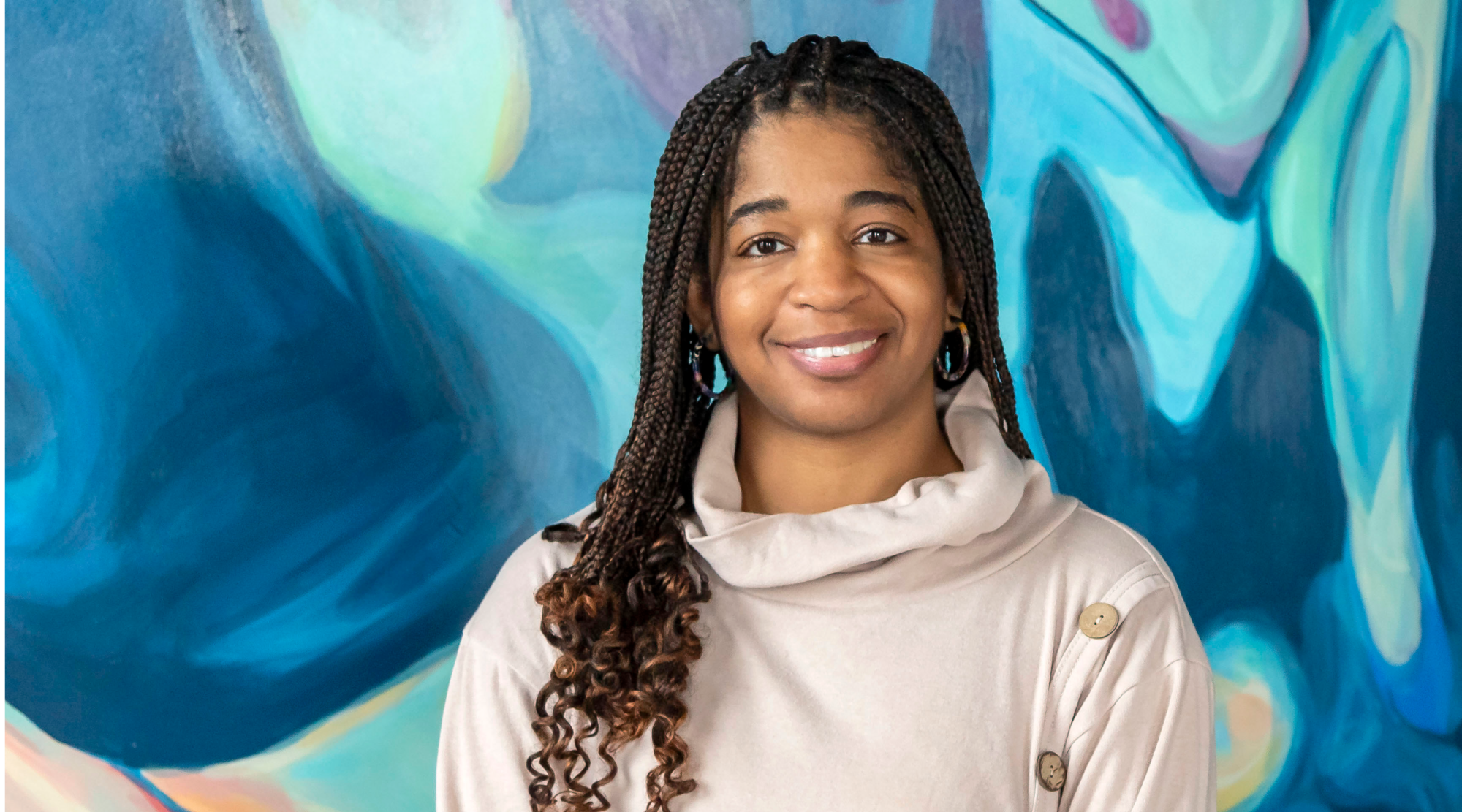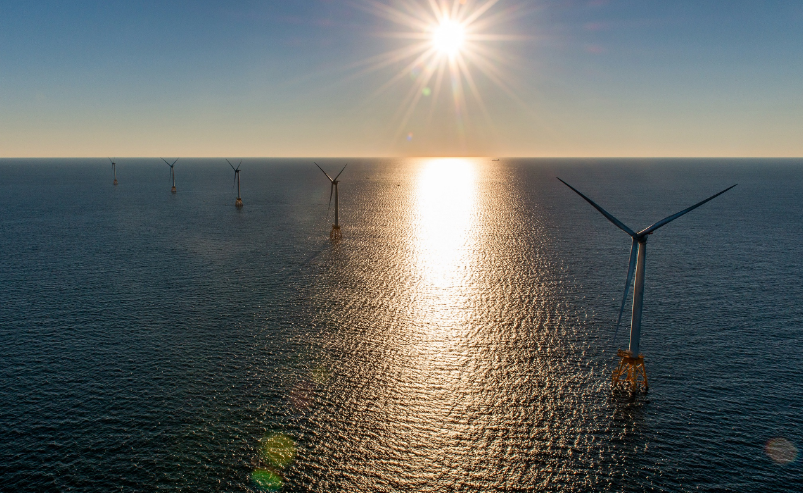You’ve been at Barr since January 2022. What surprised you in your first few months as a senior program officer?
I came to Barr from one of our grantee organizations, so I was used to being on the other side of the table, either applying for grants or as a researcher. I didn’t have a full picture of the operation.
One area that surprised me was our team’s approach to strategic communications. Our grantees have done excellent work creating a steady drumbeat of climate-related articles in our regional media outlets.
So I had been seeing all of this coverage and only realized when I joined Barr that it was part of my new job! And it’s become one of my favorite areas of work, so that was a very pleasant surprise.
You bring deep experience in renewable energy and energy efficiency, having worked across sectors on policy and implementation. How has your background shaped your approach to philanthropy?
My background does inform how I structure grants. Specifically, how long I assume things will take.
When I was a consultant, I worked with a lot of cities on energy policies, from the beginning of forming an idea, through research and data analysis of potential impact, all the way to implementation.
What I’ve seen is that, even for something simple, it can take three to four years to take something from idea into fruition. That informs how I approach grantmaking. Longer timelines are necessary, even when people have the best intentions, because of the policymaking apparatuses and the practicalities of trying new things. In clean energy, many ideas are new and have limited examples to follow. We need to factor in the startup costs. You just don’t know how things will evolve when trying something new.
What led you to get into this area of work?
It’s not a straightforward answer! I received a scholarship to study marketing at the University of Pittsburgh, but it wasn’t actually what I wanted to do. I wanted to study environmental science, but when I declared a second major in environmental science, I lost part of my scholarship. Pennsylvania was gas country at the time, and it wasn’t exactly a promoted career path. (I ended up talking to the academic office and they got things straightened out.)
I focused on tropical ecology, which many people think sounds fun, but my fieldwork was in the rainforest. I spent a month in a hot, humid hut with no human interaction, using a calculator through a ziploc bag. I wondered if this was how I wanted to spend my life.
I loved the science of ecology, specifically energy and system flows, so I pivoted and went to graduate school in industrial ecology at Yale. I wanted to take the industrial ecology approach of mapping energy and waste flows in industrial processes and companies, and apply the same concepts to energy and carbon reduction in cities.
After graduate school, I worked with a small consulting firm in Boston that was very focused on local issues. We worked on local, community-directed clean energy planning in cities and towns across Massachusetts years before that became a popular concept, so it was fun to be a part of that. I was also driving all across Massachusetts facilitating public meetings about what people wanted to see in the future of energy, so it was a nice way to get to know a new state.
What is unique about energy challenges and solutions in the Northeast and Massachusetts?
A couple of things are unique, and I’ll start with what’s positive. We have a lot of political will in the Northeast and Massachusetts, with some of the nation’s most ambitious climate and energy commitments. You don’t quite understand how important that is until you’ve worked somewhere that isn’t the case.
But what’s challenging about our unique situation is that our energy system is tied together regionally. In larger states like Texas or California, the system is state-wide. But in the Northeast and New England, we have a regional system operator connecting the electricity grids from Connecticut to Maine.
So even though we have individually ambitious states, we have a lot of diverse perspectives and dynamics that make it complex. We also don’t generate much electricity in New England, so we have to work with Hydro Quebec in Canada and New York to import power, adding another complex dynamic.
There are goals to change this with offshore wind, but if you look at our electricity grid and power mix now, we have much less renewable energy than other parts of the country. That’s why our Clean Energy portfolio is structured the way it is. We work from Connecticut to Maine because that’s how regional energy planning is done.
Our clean energy partners are doing incredible work across the region. Are there specific projects or initiatives you’re excited about?
The communications collaboration that I mentioned before allows our grantees in Massachusetts to increase their impact through greater collaboration on communications. It also allows us to present research coming out of universities in a useful way to advocates, simultaneously providing researchers with salient messaging that will help their research reach a broader audience.
Another initiative I’m excited about is the collaboration of several of our grantees on reforms to the Mass Save program, which is our statewide energy efficiency program in Massachusetts. The program has a public oversight board to ensure that it serves everyone.However, unfortunately, it has still done a very poor job of serving low to moderate-income homeowners, renters, and people who speak English as a second language. Even though everyone pays into the program through a portion of their utility bill, not everyone has benefited equally.
Many organizations made this inequity a central point of their advocacy, and in response, the public oversight board, which is called the Energy Efficiency Advisory Council, hosted feedback sessions and created an equity working group. The working group includes several of our partners, including Clean Water Action, Conservation Law Foundation, Healthcare without Harm, and the Metropolitan Area Planning Council. Participants in the consultative process also included Acadia Center, Alternatives for Community and Environment, GreenRoots, LISC, Massachusetts Climate Action Network, and Neighbor to Neighbor.
The pressure these organizations put on the Mass Save program resulted in several changes to the energy efficiency program, including a new program that provides enhanced incentives to community-centered energy campaigns and a new initiative targeting rental properties and landlords.
Ensuring Mass Save is implemented equitably is so important, because many organizations across the country look to Massachusetts as a leader in energy efficiency. Our programs provide a model for other states, so when we can make strides in equity, it affects our neighbors and beyond.
Racial equity is a core value for Barr and increasingly drives our grantmaking across portfolios. How do we need to think about equity when it comes to energy efficiency and renewable energy?
We need to start by recognizing that fossil fuel infrastructure sited in communities of color has imposed an outsized burden on those communities. We also need to acknowledge the environmental health impacts of these legacy infrastructure systems.
Some of that was siting that was done intentionally, through redlining policies and restrictive covenants. There were aspects of restrictive covenants that were tied to access to green space that directly affected how certain communities were coded. This legacy can be seen today through energy burden because areas with less green space tend to be hotter and need more mitigation.
Often, because of how our energy system works, these processes were extractive and not sending wealth back to those communities.
So, if we are building a clean energy and climate strategy that is focused on transitioning to a better energy future, it is impossible for us to ignore the history of injustice. We have to think about how those communities have been burdened, who benefits from the transition first, where renewable energy gets sited, who owns the new systems, and how we build a path to community ownership.
To do this work well, we have to ask these questions. We know that our previous systems came with a lot of harm, pain, and suffering. With that knowledge, we have a duty to do better.




